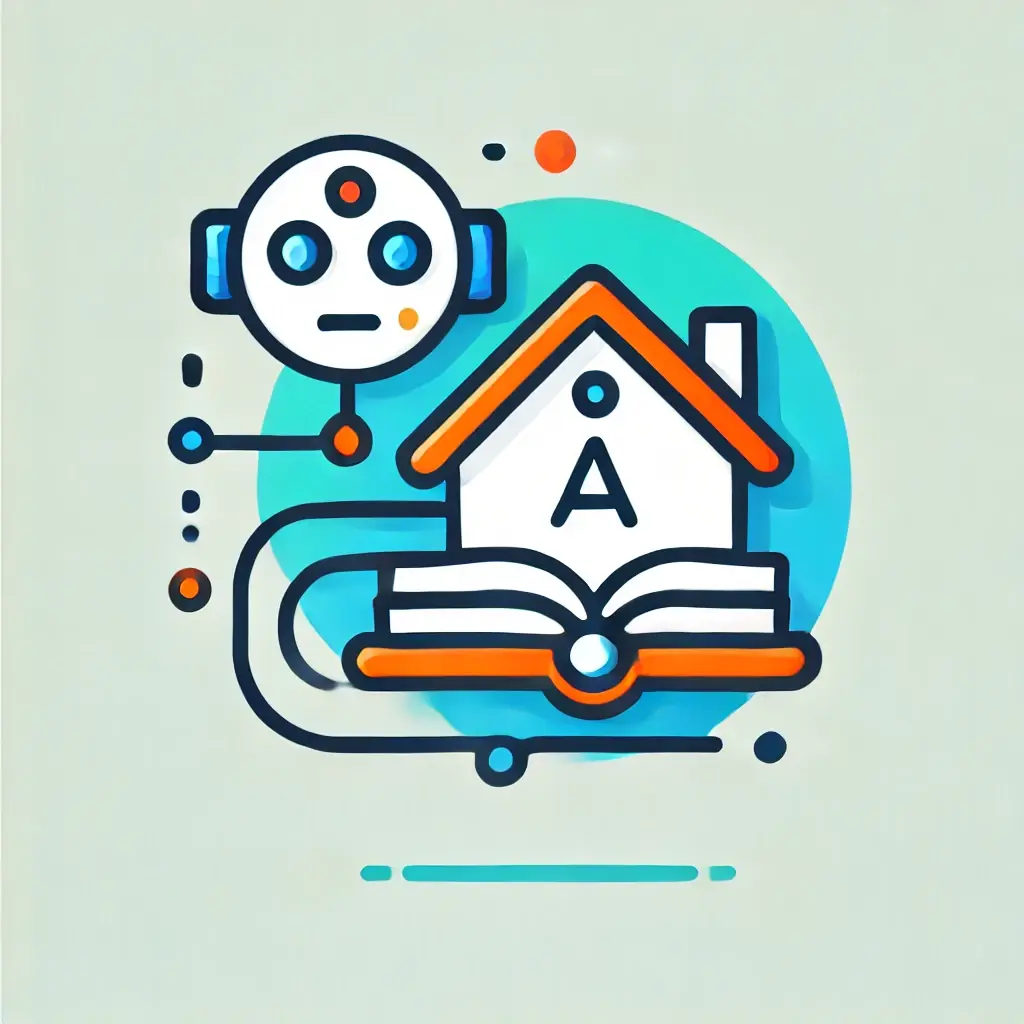Artificial Intelligence (AI) has significantly transformed the educational landscape, particularly through AI-powered tutoring systems. These systems leverage advanced AI techniques to provide personalized learning experiences, adapt to individual student needs, and offer real-time feedback, making education more accessible and effective.
AI-Powered Tutoring Systems
Personalized Learning
AI-powered tutoring systems, also known as Intelligent Tutoring Systems (ITS), are designed to deliver individualized instruction and feedback to learners. These systems use AI to create a learning environment that adapts to the student’s needs, offering a one-on-one educational experience without the need for a human teacher[1]. By analyzing a student’s performance, AI tutors can modify educational content to address the student’s strengths and weaknesses, ensuring effective learning[2].
Core Components
The intelligence of ITSs comes from several key components:
1. Knowledge Base: Contains subject-specific information and expertise.
2. Student Model: Depicts the student’s current understanding and learning progress.
3. Pedagogical Module: Adapts educational tactics to the student’s learning stage.
4. User Interface: Facilitates effective communication between the ITS and the student[1].
Devices and Platforms
AI tutoring systems can be implemented through various devices and platforms, including:
– AI Tutoring Apps: These apps provide personalized tutoring and support, adapting to the student’s progress and needs.
– Educational Robots: Robots equipped with AI can interact with students, offering a more engaging and interactive learning experience.
– eLearning Platforms: These platforms use AI to provide adaptive learning environments, enabling students to learn at their own pace and receive immediate feedback[2][4].
Benefits of AI in Education
AI-powered tutoring systems offer several benefits:
– Personalized Feedback: AI tutors provide relevant feedback based on individual learning styles and needs, motivating students and enhancing their learning experience[4].
– Diverse Learning Methods: AI systems can host multimedia learning, including text, video, simulations, and games, catering to different learning preferences[4].
– Accessibility: AI tutors help bridge educational gaps by providing personalized assistance regardless of geographical or socio-economic status, promoting a fairer educational system[2].
– Real-Time Adaptation: These systems can analyze massive amounts of data and adjust instructional content in real-time, ensuring that students receive the most effective learning experience[2].
Challenges and Future Directions
Despite their potential, AI-powered tutoring systems face challenges such as ensuring fairness and avoiding biases in AI algorithms. Researchers are focusing on making these systems more explainable and trustworthy, considering human-centered factors to improve their effectiveness[3]. Additionally, ongoing advancements in AI technology continue to enhance the capabilities of ITSs, making them more adaptive and personalized.
In conclusion, AI-powered tutoring systems represent a significant advancement in education, offering personalized and adaptive learning experiences. By leveraging AI, these systems can provide tailored instruction and support, making education more effective and accessible for all students.
Further Reading
1. Intelligent Tutoring Systems: Enhancing Learning through AI | The Princeton Review
2. AI Tutors: How Artificial Intelligence Is Shaping Educational Support – eLearning Industry
3. Artificial intelligence in intelligent tutoring systems toward sustainable education: a systematic review | Smart Learning Environments | Full Text
4. What is An AI Intelligent Tutoring System And Why You Should Use It
5. https://bse.berkeley.edu/leveraging-ai-improve-adaptive-tutoring-systems


